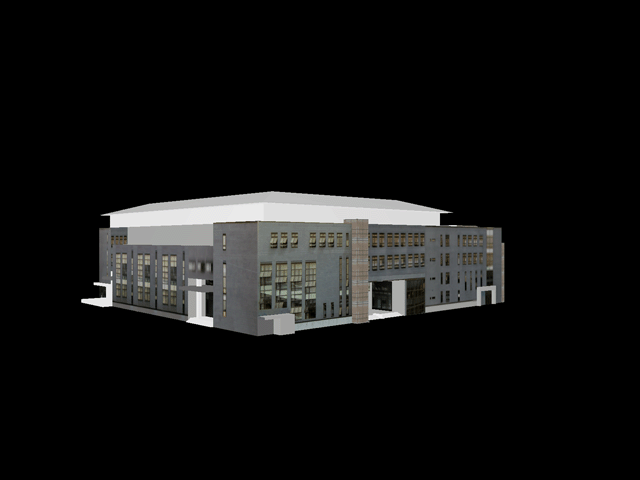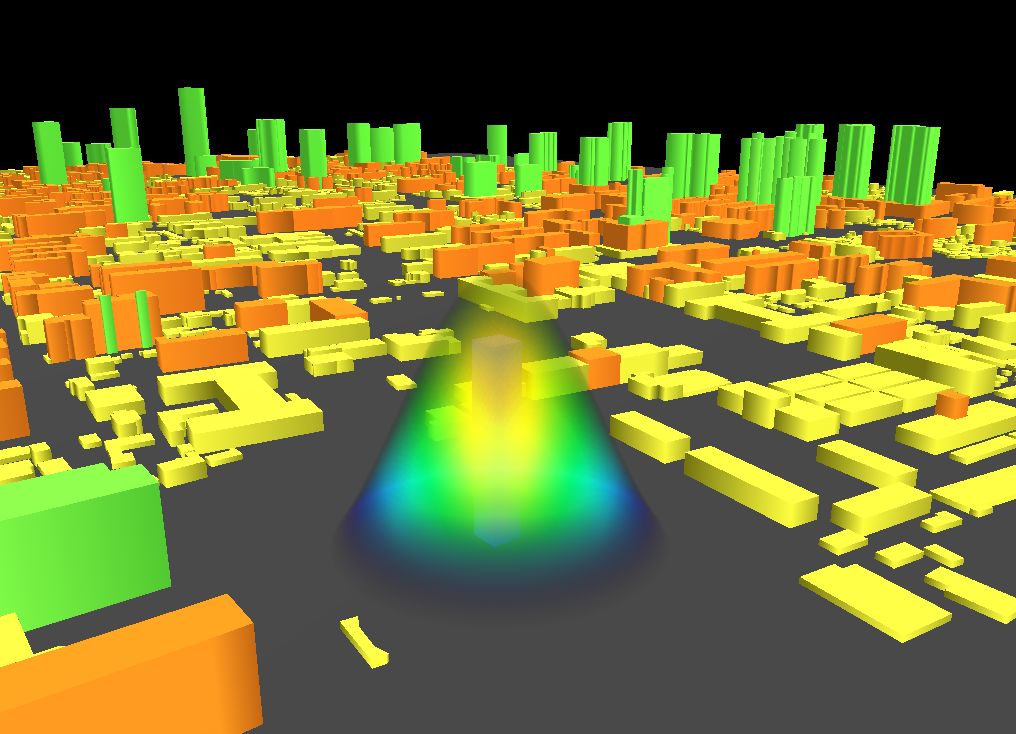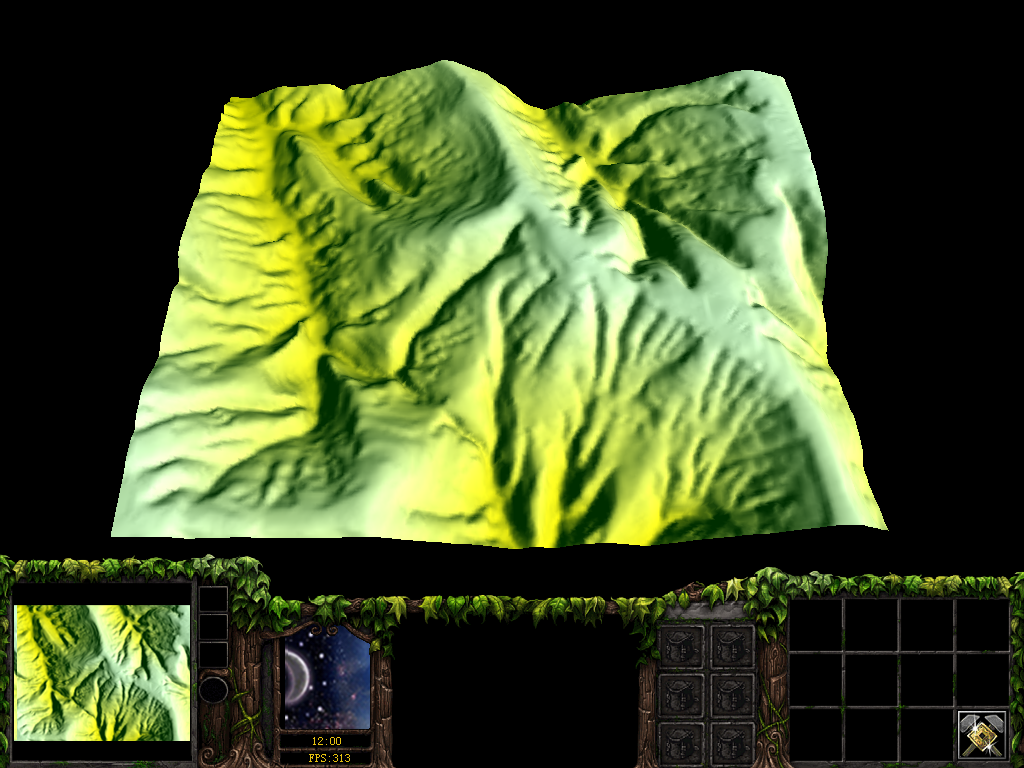Short Bio
|
|
I am currently a visiting student at Visualization Research Group of Peking University, leading by Professor Xiaoru Yuan. The visiting student program started at March 2008, and will last around one year, ending at March 2009. My research interests primarily lie in Scientific Visualization and Computer Graphics, which are amazing and sometimes challenging. We aspire to make some differences. I recieved my B.S. and M.S. degree in Geographic Information System(GIS) from China's Nanjing University in Jun 2005 and Jun 2008. At Nanjing University, I worked with Professor Jiechen Wang. I have also had working experiences at various companies and organizations. During summer and autumn of 2007 I worked for Ultizen Game studio(Shanghai) as a fulltime video game programmer. My job was developping internal software, and UI for their U-Pal game engine. In autumn of 2006, I had an internship opportunity at Nanjing Environment Protection Bureau of Jiangsu Province, China, where I particiated the development of their environment monitering system and the writting of protection planning. Email: liujienju [at] gmail [dot] com Tel: [Curriculum Vitae] |
Ongoing Researches
Visualization and Analysis of Earthquake Data Set
|
Earthquake is a kind of natual phenomenon resulted from a sudden release of energy in the Earth's crust and may cause serious damages. Prediction of Earghquake is an important issue, however, people still have miles to go. Our work will try to visualize huge number of Earthquake data sets of China recorded in the last 30 years. These data sets are time-varying and with multiple attributes which could consist of magnitude information, spatial properties, geological properties, or biological properties. Our goal is to develop noval algorithms and interaction techniques to visualize these datasets and help users explore their features and have better understanding of mechanism of Earthquakes. Nevertheless, we will also concentrate on the high performance computation with novel Graphics hardware, and expect an efficient process in analysis of data.This is a collaboration with Prof. Jian Huang at SEELAB of University of Tennessee. Some recent demonstration could be found here [IMG PACKAGE (RAR 6.0M)] [ANIMATION (AVI 1.5M)]. |
Digital Campus and the Visualization of Traffic Flow Network
| We are going to build up a virtual environment of campus of Peking University by using some real-time rendering methods (LOD, BSP tree, shadering...anything like that). This system is supposed to consist of multiple layered information, including at least a building layer, a digital map layer with topological information, an additional feature layer, and a scientific data layer. We would like to use this system for many purposes, not only for simple navigation, but also for some novel visualization methods. One our objective is to visualize the traffic flow data based on this 3D virtual scene. We are working on flow analysis and rendering algorithms now and may also get involved in NPR techniques. This part of work is a collaboration with Prof. Huijing Zhao at 3DVCR group of Peking University. |
3D Visualization of Biochemical Network Dynamics
| This is a collaborative work between Computer Science and Biology Science. A biochemical network is a theoretical model that can discribe reactions among chemical species in certain biological domain. Exploring the time-varying changes of chemical species and reaction rates can reveal intrinsic information and help further prediction. However, conventional 2D visualization systems are difficult for users to explore these temploral information. In this case, we developped a 3D visualization system. We use circles to represent the chemical species and curves to represent the reactions. These 3D objects are distributed along the time line so that users can directly and simulaneously observe the temporal status of chemical reactions. Further more, users are able to compare two biochemical networks which have different parameters. Our system will overlap the two networks in one view and automatically calculate the difference of 3D objects and display the result. Finally, we also applied some psychological laws to improve the user perception and developped a smart selection stratagy to improve the interaction. submitted to PacificVis'09. |
Volume Rendering
|
I started my research at Vis group here on volume rendering methods. Besides, I consider it as the most interesting work when I gained an insight into this area. There are tons of interesting topics, like shading, morphing, animation...etc. People can achieve breathtaking visuals with volume techniques. For our group, we have developped a volume rendering system which is hardware accelerated and interactive. As to me, I eager to dig more fun in volume and its rendering techniques. We have developped a novel volume rendering method which could be regarded as intial, and submitted a paper to IEEE ISVG 2008. |
Previous Researches and Course Projects
Visualization of Electromagnetic Data in 3D City Scene
|
This is a collaborative work between Dept. of GIS and Dept. of Physics of Nanjing University. We use GPU-Based volume rendering technique to visualize the collected Electromagnetic data in virtual 3D scene so that physicists are able to analyze the data. I implemented a tricky algorithm proposed by J. Kruger in 2003. However the volume is rendered seperatly and could not be integrated into our 3D scene directly because of some occlusion trouble, I attempted to solve this problem by appending a depth test in the fragment shader program and it works well. |
3D Terrain Rendering
|
This is a course project, we were going to develop a video game. I developed the game UI and implemented a terrain rendering algorithm, Geometry Clipmap method. This is a SIGGRAPH'04 paper, and we tried to use some novel methods, finally we also finished a survey on terrain rendering techniques. As we were lack of artists, I had to hack some other game productions to retrieve interface resources and maximize my photoshop skills to refine textures. |
Some of the older projects related to Computer Graphics included a small Tank Fighting game, a Diamond Mine game, a digital campus project where I did some modelling work with Rhinoceros and 3DS Max.






